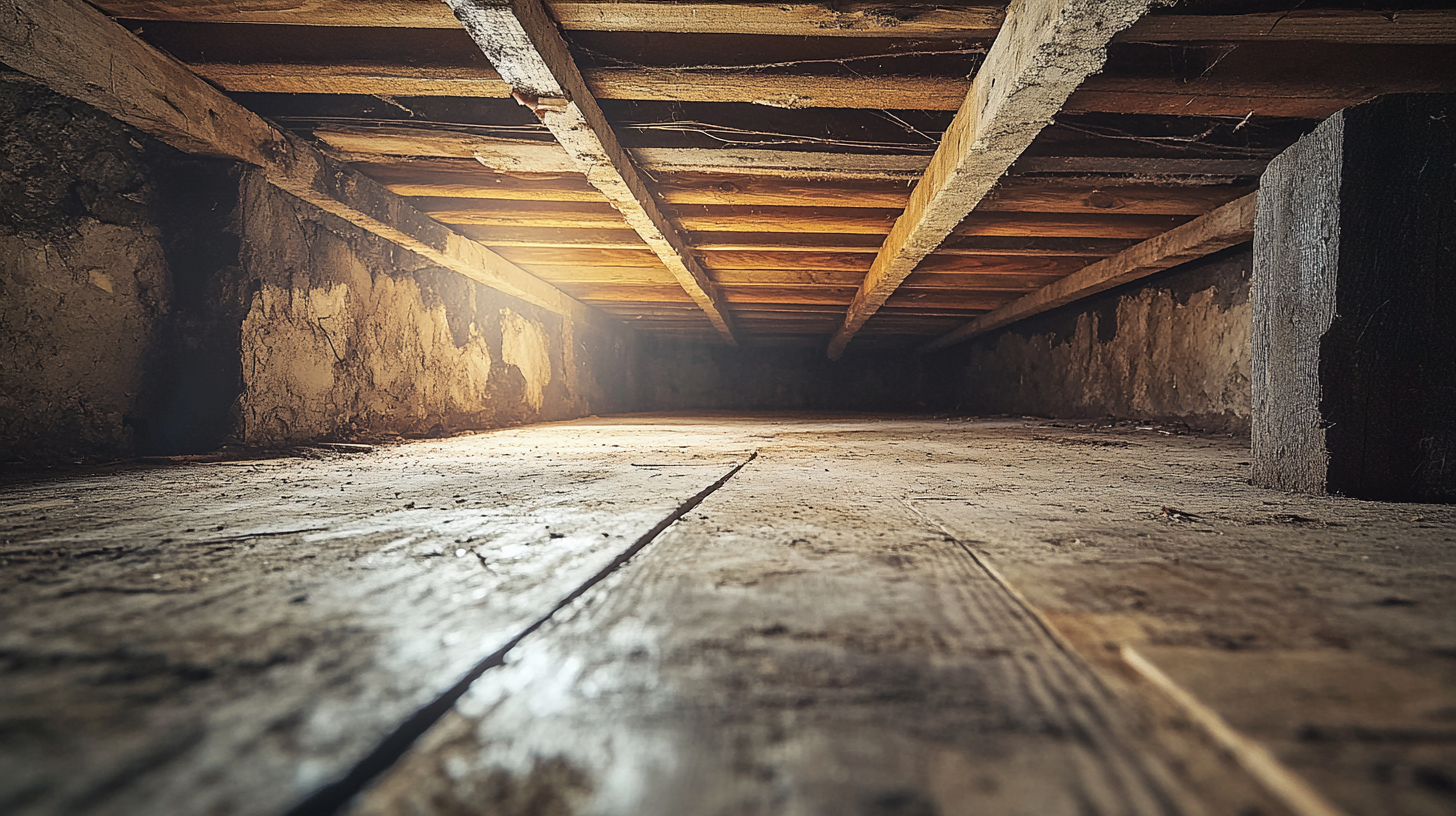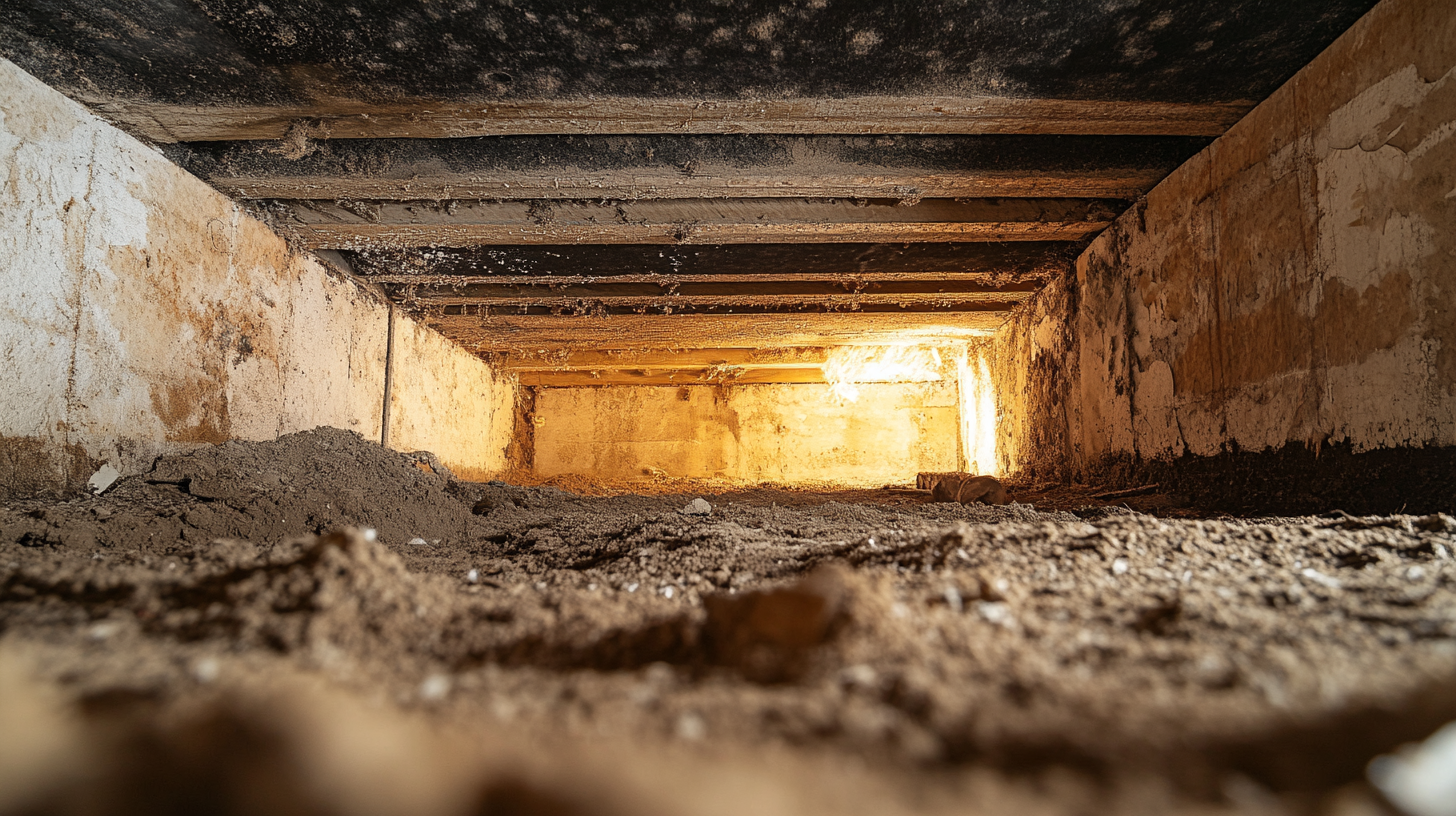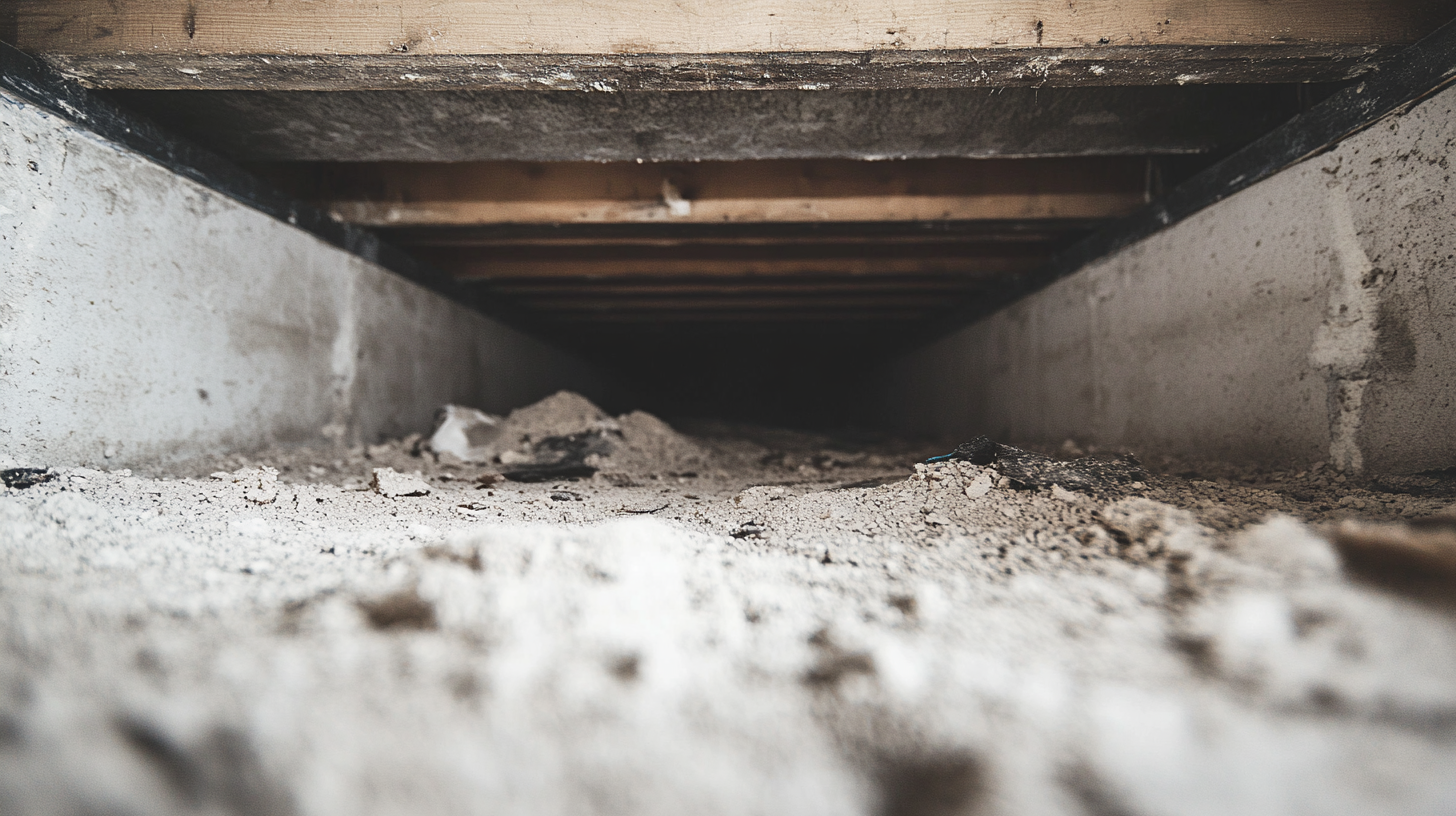Locally owned and operated.
Call Us Anytime: +1 843-304-6615
CLEANING & RESTORATION
24/7 Emergency Services:
Call us at 843-305-3383
Locally owned and operated.
Call Us Anytime: 843-305-3383
CLEANING & RESTORATION
24/7 Emergency Services:
Call us at 843-305-3383
Legal Aspects of Fire Damage Assessment: What Homeowners Should Know

Understanding fire damage assessment is crucial for homeowners to ensure the safety, structural integrity, and financial protection of their properties. Fires can cause extensive damage, and comprehending the assessment process helps homeowners make informed decisions about repairs, insurance claims, and preventive measures.
This knowledge is vital in mitigating risks and minimizing losses, ultimately contributing to a safer living environment and a more resilient community. By familiarizing themselves with fire damage assessment principles, homeowners can better navigate the aftermath of a fire, ensuring they address all necessary repairs and restorations effectively and efficiently.
Understanding Fire Damage Assessment
Definition and Scope
What is Fire Damage Assessment? Fire damage assessment is a systematic process used to evaluate the extent of damage caused by a fire to a property. This assessment helps in determining the necessary repairs, the safety of the structure, and the potential financial implications. It involves a thorough inspection of various elements of the property to ensure that all damages are accurately identified and documented.
Explanation of the Fire Damage Assessment Process The fire damage assessment process involves several key steps:
- Initial Inspection: A preliminary survey to assess immediate hazards and the overall impact of the fire.
- Detailed Evaluation: Comprehensive examination of the property, including structural components, electrical systems, and personal contents.
- Documentation: Recording of all damages through photos, notes, and reports.
- Reporting: Creation of a detailed assessment report that outlines the extent of damage and recommendations for repairs.
Scope of Assessment: Structural, Electrical, and Content Damage The scope of fire damage assessment includes:
- Structural Damage: Assessing the integrity of the building’s framework, foundation, walls, and roof.
- Electrical Damage: Inspecting wiring, outlets, and electrical panels for fire-related damage or hazards.
- Content Damage: Evaluating the condition of personal property, furnishings, and appliances affected by the fire.
Who Conducts the Assessment? Fire damage assessment is conducted by a variety of professionals, each bringing their expertise to ensure a comprehensive evaluation:
- Insurance Adjusters: Assess the damage to determine the insurance coverage and the amount to be compensated.
- Fire Investigators: Determine the cause of the fire and assess the extent of the damage.
- Contractors: Provide estimates for the repairs and restoration work needed to return the property to a safe and habitable condition.
Legal Framework
Regulations and Standards The legal framework governing fire damage assessment is composed of various regulations and standards at the federal, state, and local levels. These regulations ensure that assessments are conducted safely and effectively, and they provide guidelines for rebuilding and repairs.
Overview of Federal, State, and Local Regulations Governing Fire Damage Assessment
- Federal Regulations: Include national safety standards and guidelines for fire damage assessment.
- State Regulations: Vary by state, providing specific requirements and procedures for assessing fire damage.
- Local Regulations: Local building codes and fire safety standards that must be adhered to during the assessment and rebuilding process.
Key Standards and Codes Relevant to Fire Damage
- Building Codes: Standards that ensure buildings are constructed and repaired to be safe and habitable.
- Fire Safety Standards: Guidelines that address fire prevention, protection, and mitigation measures in building design and construction.
Insurance Policies Insurance policies play a critical role in the fire damage assessment process. They dictate how assessments should be conducted and outline the terms and coverage for fire-related damages.
How Insurance Policies Dictate the Assessment Process Insurance policies specify the procedures for reporting and assessing fire damage. They define the responsibilities of the homeowner and the insurance company, including timelines for assessment and claim submission.
Importance of Understanding Policy Terms and Coverage It is crucial for homeowners to thoroughly understand their insurance policy terms and coverage. This knowledge helps ensure that all eligible damages are assessed and appropriately compensated, and it guides homeowners in taking the necessary steps to comply with policy requirements during the assessment process.
Homeowner Rights and Responsibilities
Rights During Assessment
Access to Information Homeowners have the right to receive a comprehensive and detailed assessment report following a fire damage inspection. This report should clearly outline the extent of the damage, the areas affected, and the necessary steps for repair and restoration. Additionally, homeowners have the right to request a second opinion or an independent assessment if they have concerns about the accuracy or thoroughness of the initial evaluation. This ensures transparency and allows homeowners to make informed decisions regarding their property.
Fair Treatment Legal protections are in place to ensure homeowners receive fair treatment from insurance companies and assessors. These protections mandate that assessments are conducted impartially and without bias. If homeowners feel their rights are being violated, they should take the following steps:
- Document the Issue: Keep detailed records of any incidents where rights appear to be infringed.
- Communicate Concerns: Express concerns directly with the insurance company or assessor, seeking resolution.
- Seek Legal Advice: If necessary, consult with a legal professional to understand and enforce rights.
Responsibilities During Assessment
Providing Accurate Information Homeowners are responsible for providing accurate and truthful information during the fire damage assessment. This includes sharing all relevant details about the property and the circumstances surrounding the fire.
Misrepresentation or withholding information can have serious consequences, such as denial of insurance claims or legal penalties. Honesty ensures a smooth assessment process and accurate determination of damages and necessary repairs.
Cooperating with Assessors Effective cooperation with assessors and investigators is crucial during the fire damage assessment process. Homeowners should:
- Ensure Access: Provide safe and unobstructed access to all areas of the property for a thorough inspection.
- Answer Questions: Respond promptly and accurately to any questions or requests for information from assessors.
- Follow Guidelines: Adhere to any specific instructions or guidelines provided by the assessors to facilitate an efficient assessment.
By understanding and fulfilling their rights and responsibilities, homeowners can ensure a fair, accurate, and efficient fire damage assessment process.
Legal Challenges and Disputes
Common Legal Issues
Disputes Over Assessment Findings Disputes between homeowners and insurance companies over assessment findings are common and can arise for various reasons. Often, disagreements occur when the homeowner feels the assessment undervalues the extent of the damage or omits critical repairs. Legal grounds for challenging assessment findings include discrepancies in the report, failure to adhere to industry standards, and inadequate or biased evaluations. Homeowners can contest these findings through formal dispute resolution processes outlined in their insurance policies.
Delays and Denials Dealing with delayed or denied insurance claims can be particularly frustrating for homeowners. Legal recourse for these issues includes:
- Filing a Complaint: Homeowners can file a complaint with their state’s insurance regulatory body.
- Legal Action: Pursuing a lawsuit against the insurance company for breach of contract or bad faith practices. If facing unjust delays or denials, homeowners should:
- Document Everything: Keep detailed records of all communications and actions taken.
- Seek Professional Help: Consult with an attorney specializing in insurance law.
- Utilize Available Resources: Use mediation services or contact the state insurance commissioner for assistance.
Resolution Strategies
Negotiation and Mediation Negotiation and mediation are effective strategies for resolving disputes without resorting to litigation. To negotiate with insurance companies:
- Prepare Thoroughly: Gather all necessary documentation and understand the policy terms.
- Communicate Clearly: Present your case logically and be open to discussion.
- Seek Common Ground: Aim for a mutually beneficial resolution.
Mediation offers an alternative dispute resolution method where a neutral third party assists in reaching a settlement. Benefits include:
- Cost-Effective: Generally less expensive than litigation.
- Time-Saving: Can be quicker than court proceedings.
- Confidential: Discussions and agreements are private.
Legal Action When negotiation and mediation fail, legal action might be necessary. Homeowners should consider legal action if:
- The Dispute Remains Unresolved: Despite attempts at negotiation and mediation.
- Significant Financial Impact: The assessment findings or claim denials result in substantial financial loss.
Steps to take when pursuing a lawsuit include:
- Hire an Attorney: Engage a lawyer experienced in insurance disputes.
- Gather Evidence: Collect all relevant documents, including the assessment report, communication records, and photos of the damage.
- File the Lawsuit: Work with your attorney to file a claim in the appropriate court.
By understanding the common legal issues and resolution strategies, homeowners can better navigate the complexities of fire damage assessment disputes and ensure their rights are protected.
Documentation and Record-Keeping
Importance of Documentation
Detailed Records Maintaining detailed records is crucial for homeowners dealing with fire damage assessment. Thorough documentation ensures that all communications and assessments are accurately tracked, providing a clear and organized history of the events and decisions made. This can be vital in supporting insurance claims, resolving disputes, and ensuring all necessary repairs are covered. Types of documentation to maintain include:
- Photos: Visual evidence of the damage, taken from multiple angles.
- Reports: Copies of assessment reports from insurance adjusters, contractors, and fire investigators.
- Receipts: Proof of any expenses related to repairs, temporary accommodations, and other fire-related costs.
Organizing Documents Effective organization and storage of important documents are essential for easy access and reference. Best practices for organizing and storing important documents include:
- Categorize Documents: Group documents by type (e.g., photos, reports, receipts) and by date to streamline retrieval.
- Use Digital Tools: Digitize physical documents and store them in cloud-based services or external hard drives to prevent loss due to physical damage.
- Create a System: Develop a comprehensive record-keeping system with clear labels and a consistent filing method to keep everything organized and easily accessible.
By following these guidelines and principles, homeowners can ensure they have a well-documented and organized record of their fire damage assessment, which is crucial for navigating the recovery process effectively.
Using Documentation in Legal Processes
Supporting Your Claim
Documentation plays a critical role in supporting your insurance claim and any potential legal case following fire damage. Detailed and well-organized records provide the evidence needed to substantiate the extent of the damage and the costs incurred. This can significantly strengthen your position when negotiating with insurance companies or presenting your case in court. Examples of effective documentation in successful claims include:
- Photographic Evidence: Clear, time-stamped photos showing the damage before and after any temporary repairs.
- Assessment Reports: Comprehensive reports from professional assessors detailing the damage and necessary repairs.
- Receipts and Invoices: Proof of expenses related to emergency repairs, temporary lodging, and other costs directly resulting from the fire.
Evidence in Disputes
In disputes and legal proceedings, documentation serves as crucial evidence to support your claims and arguments. The role of documentation in these contexts includes:
- Verifying Claims: Providing tangible proof of the damage, expenses, and communications with insurance companies.
- Demonstrating Compliance: Showing that you have complied with all necessary procedures and requirements as outlined by your insurance policy and local regulations.
- Supporting Legal Arguments: Using detailed records to back up your legal claims and arguments effectively.
Tips for Presenting Organized and Persuasive Evidence
To ensure your documentation is persuasive and effectively supports your case, consider the following tips:
- Organize Chronologically: Arrange documents in chronological order to present a clear timeline of events.
- Use Clear Labels: Clearly label each document and categorize them (e.g., photos, receipts, reports) for easy reference.
- Create Summaries: Provide concise summaries of key documents to highlight their relevance and importance.
- Highlight Critical Information: Use annotations or highlighting to draw attention to critical pieces of evidence within documents.
- Maintain Professionalism: Ensure all documents are clean, legible, and presented in a professional manner.
By following these guidelines, homeowners can effectively use their documentation to support insurance claims and navigate any legal challenges that arise from fire damage disputes.
FAQs
-
What are homeowner rights?
Homeowners have rights to receive detailed assessment reports, request second opinions, and ensure fair treatment by insurance companies and assessors. They are protected by legal provisions ensuring transparency and impartiality in the assessment process.
-
Who conducts the assessment?
Various professionals are involved, including insurance adjusters, fire investigators, and contractors. Each plays a specific role in evaluating different aspects of the damage, ensuring a comprehensive assessment.
-
How to handle claim delays?
If facing unjust delays or denials, homeowners can file complaints with their state’s insurance regulatory body, seek legal advice, or pursue a lawsuit for breach of contract or bad faith practices. Documentation of all communications is crucial.
-
What documents to keep?
Homeowners should maintain detailed records, including photos of the damage, assessment reports, receipts for repairs, and all communication with insurance companies. Proper documentation supports claims and legal proceedings.
-
When to consider legal action?
Legal action should be considered if disputes remain unresolved after negotiation and mediation, or if there is significant financial impact. Steps include hiring an experienced attorney, gathering all relevant evidence, and filing a lawsuit in the appropriate court.
Contact Fast Response Cleaning & Restoration Today!
Fast Response Cleaning & Restoration will do everything we can to ensure your experience with us is excellent.
Request A FREE Estimate
Request A FREE Estimate Form
We will get back to you as soon as possible.
Please try again later.
CHECKOUT RECENT POST



Have an Emergency? We're Here to Help!
When it comes to disaster cleanup, we are a seasoned veteran in the industry and have helped hundreds of property owners just like you.
Our disaster recovery teams are available 24-7 to quickly clean up and repair disasters of all types.

We're looking forward to providing you with our outstanding services!
COMPANY INFO
ADDRESS: 307 Cold Creek Pass, Bluffton, SC, 29910, United States
EMAIL: office@fastresponsecr.com
PHONE: 843-305-3383
OFFICE: 843-304-6615
HOURS
SUNDAY: Open 24 Hours
MONDAY: Open 24 Hours
TUESDAY: Open 24 Hours
WEDNESDAY: Open 24 Hours
THURSDAY: Open 24 Hours
FRIDAY: Open 24 Hours
SATURDAY: Open 24 Hours
Copyright © 2021 Fast Response Cleaning & Restoration
Fast Response Cleaning and Restoration FL | Sitemap | Privacy Policy